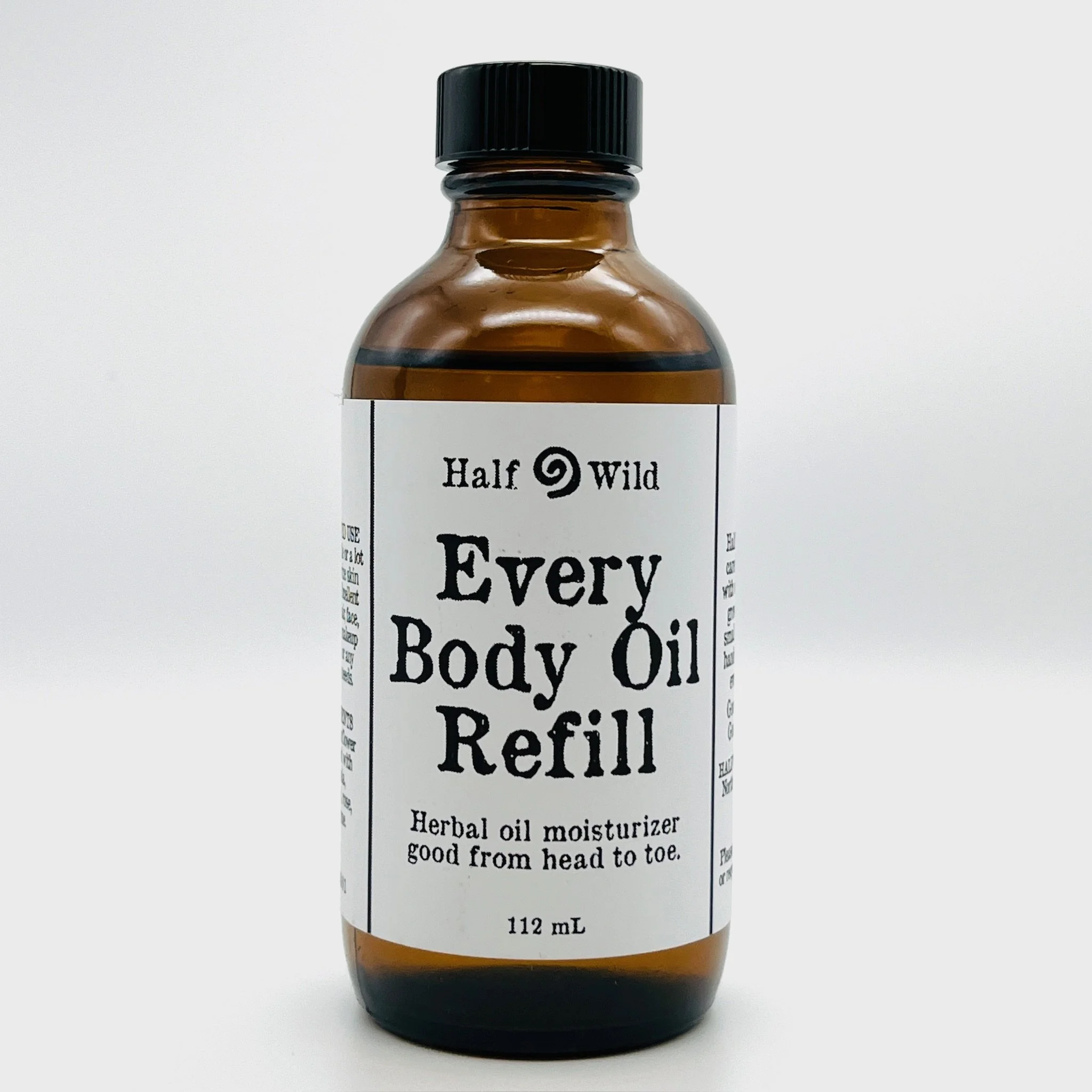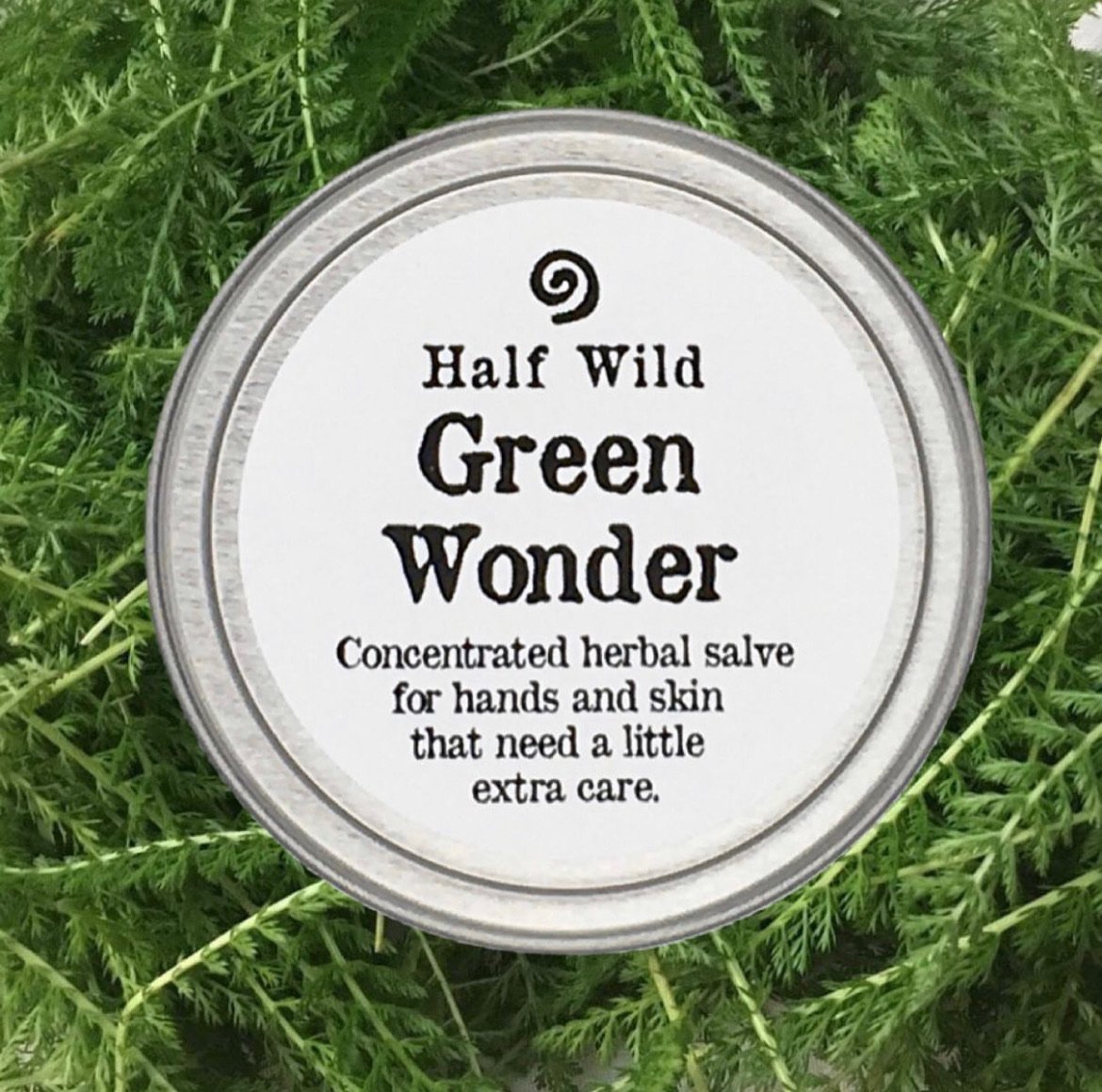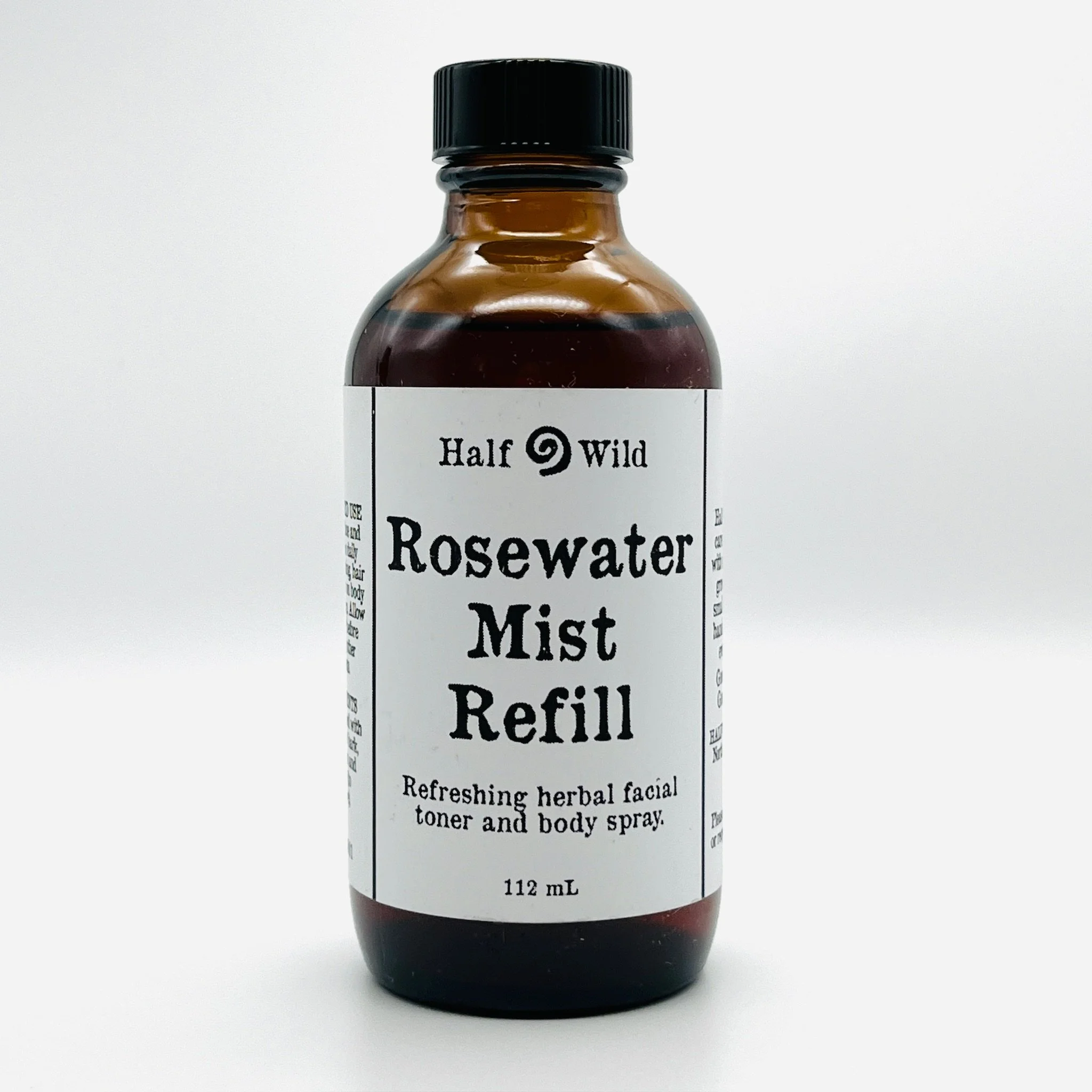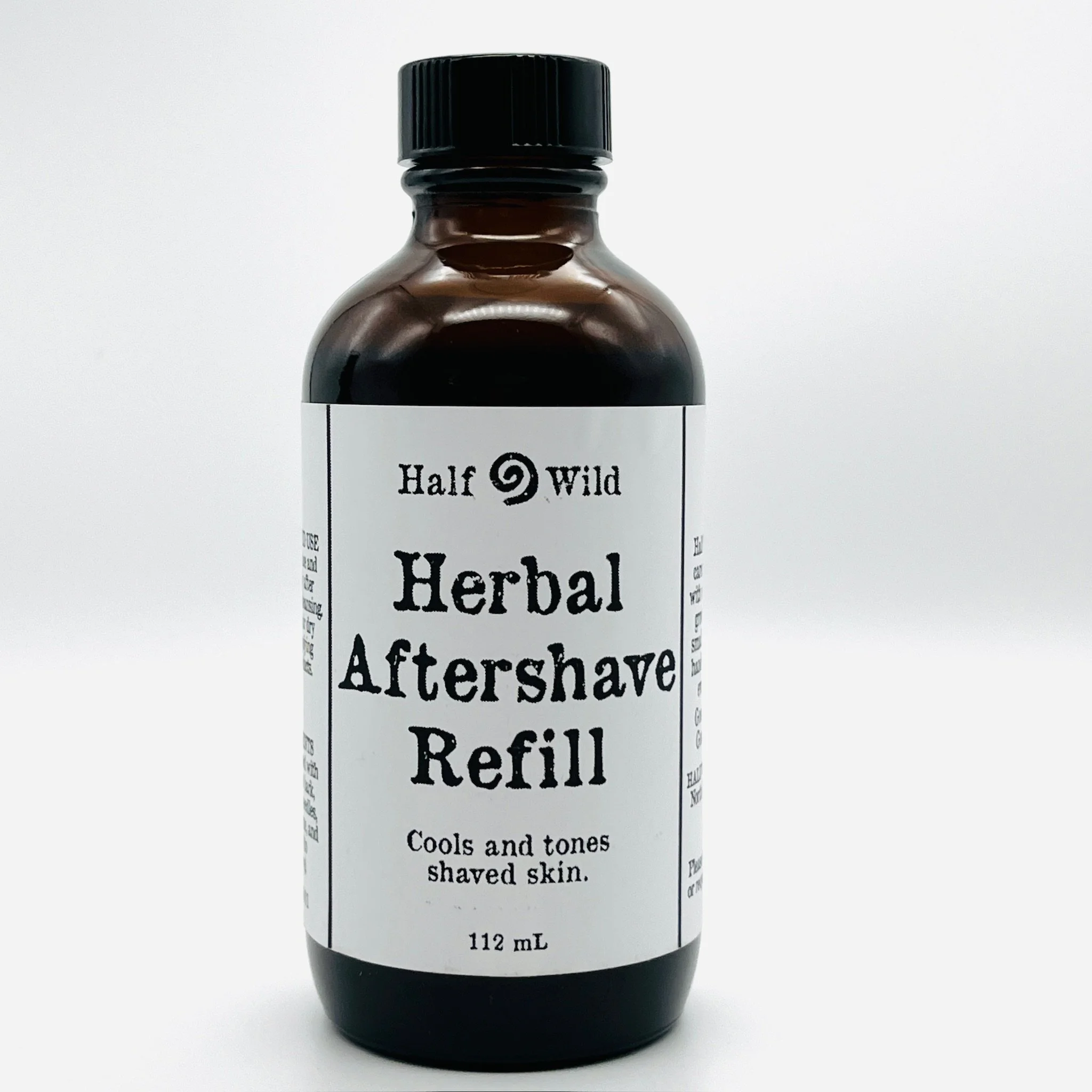So, you want to keep a sourdough starter? Maybe a well-meaning friend passed along an "extra" half cup of the stuff, or maybe you've tried to keep a starter in the past, but found it to be too complicated and fussy to keep alive for long. I was one of those people for years: receiving starter as a gift occasionally, not quite sure what to do with it, and there was that unfortunate time in 2009 when I attempted to create a whole wheat starter from scratch in my New York kitchen.
Over the years, I had all but given up on keeping a sourdough starter, but six months ago I was gifted with a starter from King Arthur Flour, which has tended the same starter for 300 years (and it's local to me). Determined to succeed, I scoured the internet for updated information on how to keep and how to use a sourdough starter. It's really quite simple, if you want it to be. To maintain a sourdough starter:
1) Place 1/2 cup of sourdough starter in a glass or ceramic crock that has a cover. As with all ferments, your starter will do better in a wider container, and the cover must allow the starter to breathe, e.g. don't use a tightened down ball jar lid. I use this lovely crock:
Whatever container you decide to use, make sure it holds at least one quart. Sourdough starter bubbles and expands when it's happy, and you'll need some extra space in the container.
If your starter is already going and you just need to feed it, remove 1 cup of unfed starter, leaving approximately 1/2 cup of starter in the container ready to be fed. Use the unfed starter in recipes for pancakes, waffles, crumpets, pretzels, bread, or pizza dough.
2) Add 1/2 cup lukewarm water and 1 cup white flour to your starter and stir in.
Be sure to measure your flour loosely; do not pack it down. Also, do not substitute other flours at this stage. There are ways to convert your starter to whole wheat flour, etc., but it's best to maintain your starter with white flour until you get the hang of it.
Fed sourdough resting at room temperature.
3) Cover starter and let sit at room temperature for 2 hours, then store in the fridge. Starters left longer than 6 hours will need to be fed again before being put in the fridge.
4) Feed your starter once per week, or whenever you remove 1 cup of starter for baking. In truth, a happy starter can be left for a month or more in the fridge without feeding, but feeding at least once per week will keep it healthier.
If you open your starter to feed it, and it is covered in a greyish liquid, don't fret! That liquid is mostly alcohol and just indicates that you went too long without feeding the starter. Pour off the liquid, and then feed your starter as usual. You can also stir the liquid back into the starter, if you prefer, but I always discard it.
If you find yourself needing to feed your starter, but with no time to bake, you can refrigerate the unfed starter in a separate container for quite a long time before using it in a recipe.
A note about your pets: sourdough starter, as with all bread dough, is poisonous to dogs. If you find yourself with extra starter, resist the urge to give your dog a taste. Sourdough is healthy and delicious for humans, but can be deadly for dogs.
Please ferment responsibly!
How to care for your sourdough starter:
1) Remove all but 1/2 cup of starter from the crock.
2) Feed remaining starter with 1 cup white flour and 1/2 cup lukewarm water. Stir.
3) Cover and let starter rest at room temperature for 2 hours. Return to fridge.
4) Repeat weekly.
(photos taken already)
























